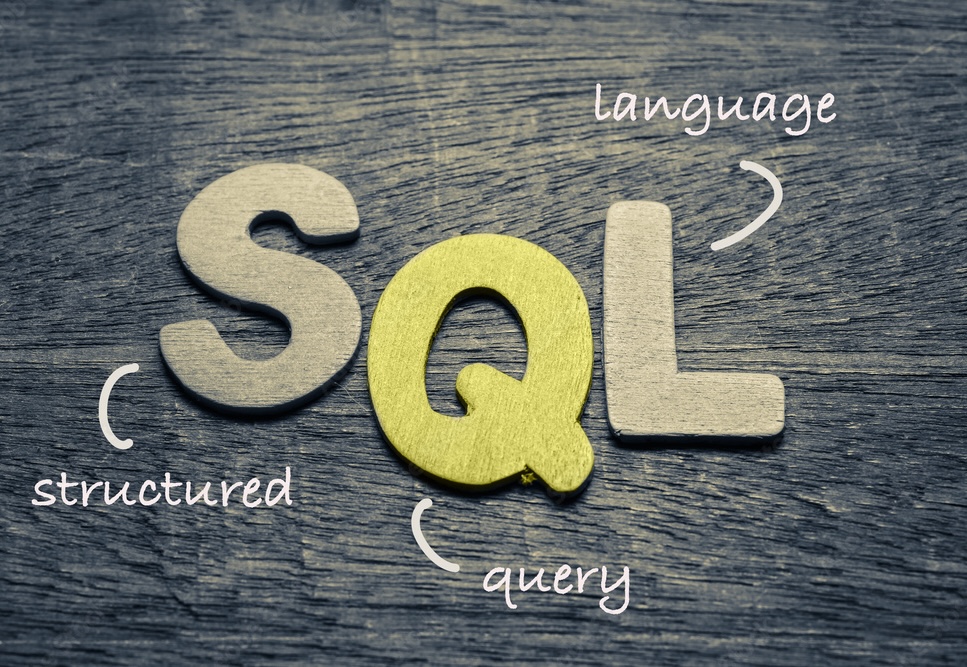Understanding the History of Databases
Written on July 9th, 2024 by Aashay Zende
Understanding Relational Databases
Introduction
Relational databases are at the core of data management in today’s digital world. They are the dominant form of data storage, and SQL (Structured Query Language) is the go-to language for managing this data. To appreciate why relational databases have become so prevalent, we need to look back at the history of data storage and the evolution of database models.
Early Days of Data Storage
In the early days of computers, data storage was quite primitive. Data was stored in flat files, which were simply sequential collections of data records. Each record had a fixed length, and finding specific data required navigating through the entire file. This method was simple but had significant drawbacks, especially when the structure of the data changed or when dealing with large datasets.
The Rise of Databases
The concept of databases was proposed as early as 1945, but practical implementations didn’t appear until the 1960s. IBM’s Information Management System (IMS), developed for the Apollo moon mission, was one of the first true databases. It used a hierarchical model, organizing data into parent-child relationships, which worked well for certain applications but had limitations, particularly in flexibility and redundancy.
Evolution of Database Models
Hierarchical Model
The hierarchical model organizes data into tree-like structures. This model is efficient for certain types of data retrieval but suffers from redundancy and rigidity. Changes to the data structure are difficult to implement, and the model cannot easily handle many-to-many relationships.
Network Model
The network model, introduced in 1969, aimed to reduce redundancy by allowing more complex relationships between data entities. However, this increased complexity in managing the data and did not eliminate all the hierarchical model’s issues.
Relational Model
The relational model, proposed by Edgar F. Codd in 1970, revolutionized data storage by organizing data into two-dimensional tables. Each table consists of rows and columns, with each row being uniquely identifiable by a primary key. This model minimizes redundancy and allows for greater flexibility and ease of data retrieval. Despite initial skepticism about its performance, advancements in computer processing power have made the relational model the standard for databases today.
Advantages of Relational Databases
Relational databases offer several key advantages:
- Flexibility: Changes to the data structure are easier to manage.
- Efficiency: Data retrieval is optimized, and redundancy is minimized.
- Scalability: The model supports large volumes of data and complex queries.
Conclusion
Relational databases have become the backbone of modern data management due to their flexibility, efficiency, and scalability. Understanding their historical context and the evolution of database models helps us appreciate their significance and why they are the preferred choice for both small and large organizations today.

